The Intrigue Of Edible Petiole Crops For Hydroponic Production
The last article in this series focused on crops whose root zone produces the part of the plant we consume. Carrot, beet, radish and onion are in this category with their main edible parts residing either at the growing medium surface or below it. Collectively termed root crops, some of these edible organs are indeed roots, while others are actually stems.
Hypocotyls, Stems And Petioles
Drill down another level and some of these edible stems are technically hypocotyls. The hypocotyl is a plant’s first stem segment, located between the root and cotyledons (seed leaves). It serves as a transition organ between the root and shoot that one might liken to a vehicle’s transmission shift between forward and reverse.
This quick review of basic botany next ascends the stem to the plant’s petioles. Also a transition organ, the petiole is a leaf’s stem and connects the leaf blade to the stem proper. Petioles differ from the main stem in that they support a leaf blade rather than nodes, branches and flowers.
Caladium, rhubarb and celery are excellent examples of horticultural crops whose prominent petioles contribute to their economic value. Parsley, cilantro and dill reside in the herb category with prominent petioles, as well, but their petioles contribute varying degrees of edibility. Inedible to the best of my knowledge, crops in the cucurbit family might have the most amazing petioles of the common plants we live with. How about those spectacular, hollow petioles on your zucchini plants? And while not the primary consumable part of this plant, who can discuss petioles without acknowledging the I-dare-you-not-to-grin kohlrabi with its out-of-this-galaxy appearance.
[blackoutgallery id=”72996″]
Stretching The Imagination With Food
While botany helps us understand the most basic aspects of the plants we grow for food, horticulture guides how we grow these plants commercially for profit. Let’s look at a group of crops whose petioles produce a significant portion of their harvest. This phase of the “From Flowers to Food” project examines Pak Choi, kale, Swiss chard and celery. The twist to traditional field production is to determine how they can be manipulated to fit a greenhouse hydroponic production system. Growing these crops in plug trays and harvesting at less than traditional stages of maturity is stretching the imagination and producing excellent results.
Production Parameters
All four of these crops require more crop time than baby greens, which can be harvested in as few as three weeks. Most of my investigation included plug tray production in flood and drain benches using deep nursery trays. The same two configurations, 37 and 50 cells, used for carrots in the last article were used in this work.
As is true when discussing the differences between lettuce and baby greens, these petiole crops can also be discussed in terms of how long they’re grown versus how small they are when harvested. There’s a compromise that correlates directly to the size of the container they are grown in and the associated amount of space provided. Unlike crops whose fruit needs to ripen before harvest, most petiole crops can be harvested over a wide range of maturity.
The growing medium used was SunGro 3B. The hydroponic holding tanks contained a fertilizer solution consisting of Peters Excel 13-2-13 at the rate of 150 ppm nitrogen.
Pak Choi — Fun To Grow
Of the four crop species in this petiole category, Pak Choi is perhaps the most dramatic visually and is a ton of fun to grow. Seeds were sown directly in 37-cell deep nursery plug trays. Germination took place on a standard propagation bench equipped with root zone heat and intermittent mist. When mist was no longer needed, trays were moved to flood and drain benches with timed flood cycles. Figure 1 shows a plug tray with plants approaching harvest size. This crop was sown on March 25 and pictures and harvest occurred on May 5 for a six-week crop turn here in New England.
A recurring message in this project is that cultivar selection is critical in a high density production system. Figure 2 shows two Pak Choi cultivars sown on the same day and harvested on the same day.
Notice the difference in height and petiole bulk between ‘Joi Choi’ on the left and ‘Win Choi’ on the right. The standard 1020 tray they are displayed in provides perspective. These cultivars were chosen based on their catalog descriptions stating miniature growth. The difference between these two is obvious; nevertheless, both performed well at the 37-cell density. Choosing standard cultivars would be more challenging in such a dense setting.
Figure 3 shows my first attempt at growing this crop in a higher density, traditional 50-cell plug tray. The smaller harvest size fits a baby-green category and logically required a shorter crop time than those in the 37 tray. This crop was harvested between three and four weeks rather than six.
Kale — A Consumer Favorite
This crop’s popularity has rocketed as consumers have become better educated about its nutritional benefits. Of the two leaf types found in catalogs, strap shaped and ruffled margin, the strap shape category is more suitable to high density plug tray production. The cultivar ‘Black Magic’ was chosen for these initial crop trials. Figure 4 shows a crop after a seven-week cycle, sown on March 25 and harvested on May 14.
Along with this deep cell crop, seeds were also sown in stabilized peat cells and subsequently moved to nutrient film channels approximately two weeks after sowing. Figure 5 shows a channel with these plants at maturity. This environment lends itself to a progressive harvest technique in which lower leaves are removed without cutting the entire plant at its base, which allows the plant to continue growing, extending the harvest period significantly.
Lastly, as with Pak Choi, I also wanted to try growing this crop using a baby greens technique shown in Figure 6. Young plants were harvested after three to four weeks from sowing in a traditional 50-cell plug tray. In this experiment, three cultivars were included; left to right, ‘White Russian,’ ‘Black Magic’ and ‘Vates.’
Swiss Chard — A Colorful Leafy Green
This crop responded similarly to kale in terms of harvest options and required an extra week to reach the full cut harvest technique, eight weeks as compared to seven for kale. The cultivar ‘Northern Lights’ was chosen for its assorted petiole and leaf colors. The main difference between the two is that the Swiss chard grew several inches taller than the kale (Figure 7).
Economics
These crop trials demonstrate at a proof of concept level that Pak Choi, kale and Swiss chard can be produced quite easily in hydroponic production environments. Future articles in this series will report cost analyses and local grocery store and farmers’ market pricing to calculate profit potential and push the discussion forward. Lastly, celery results will be presented in an upcoming article.





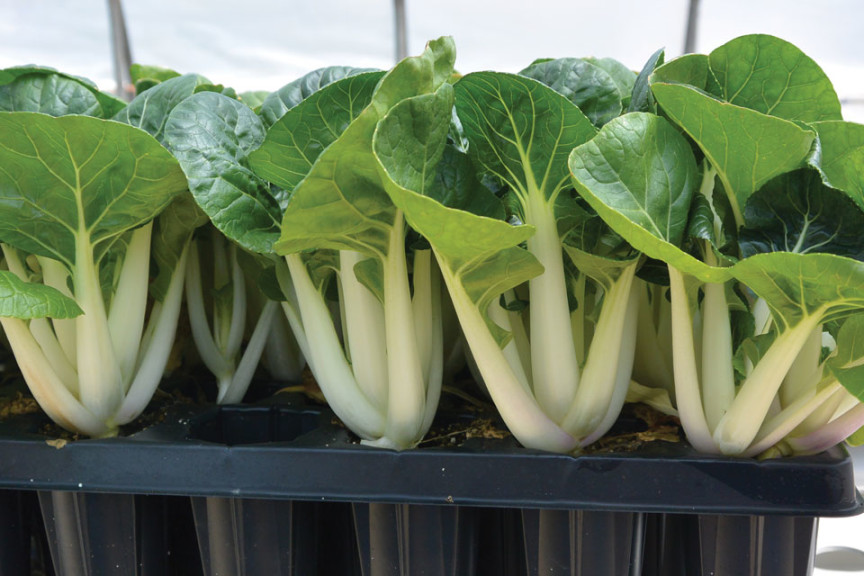
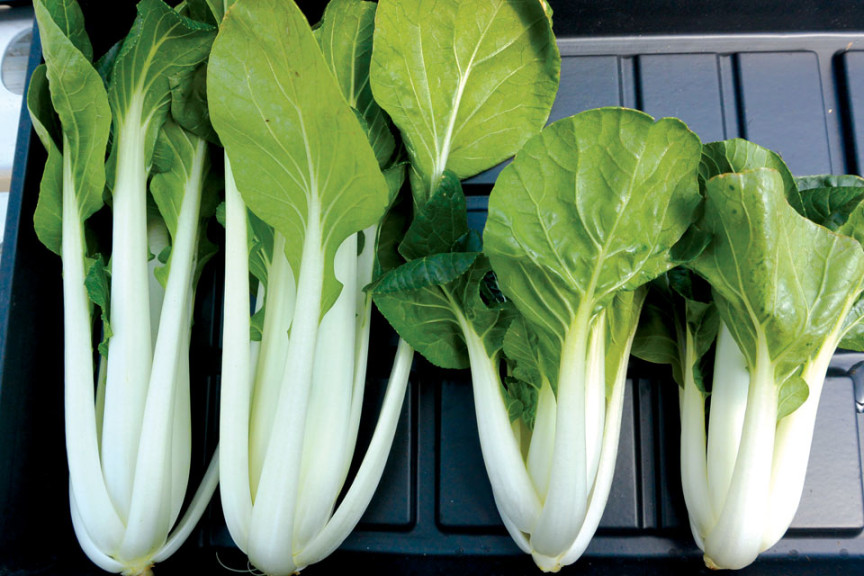
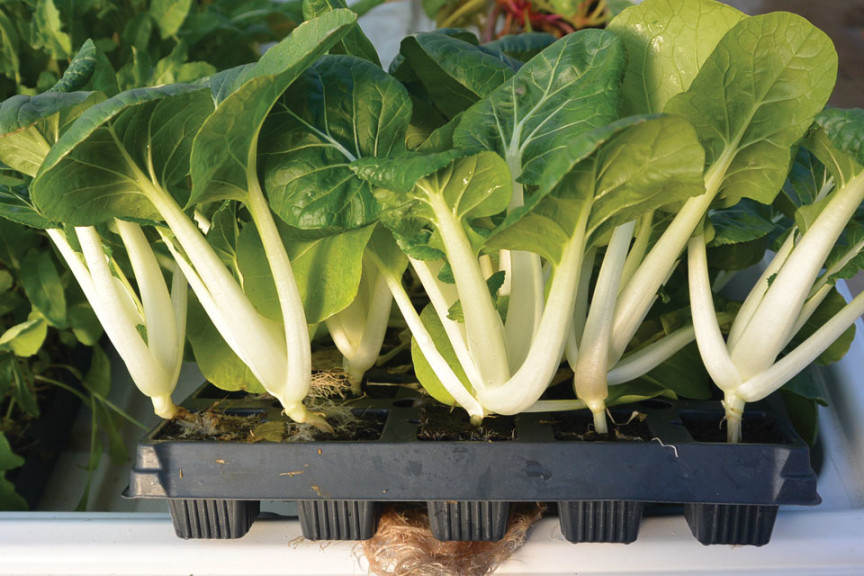
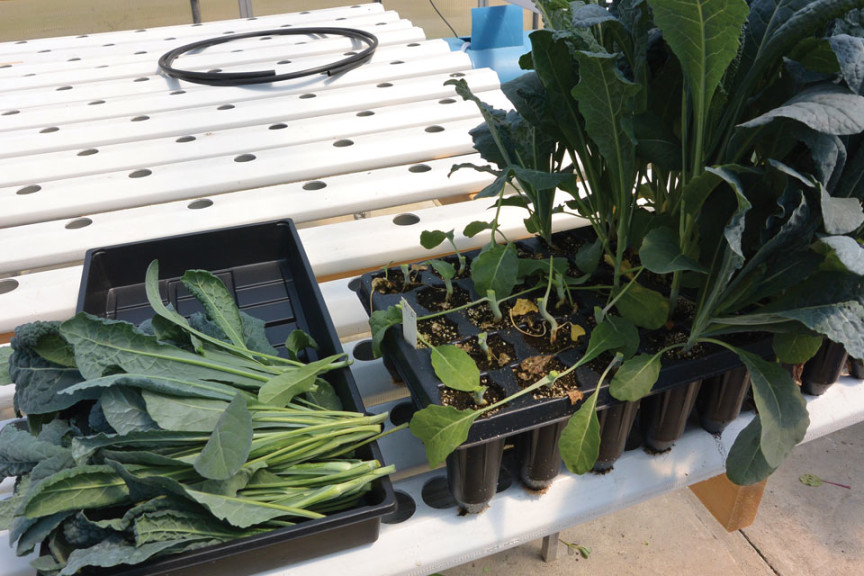
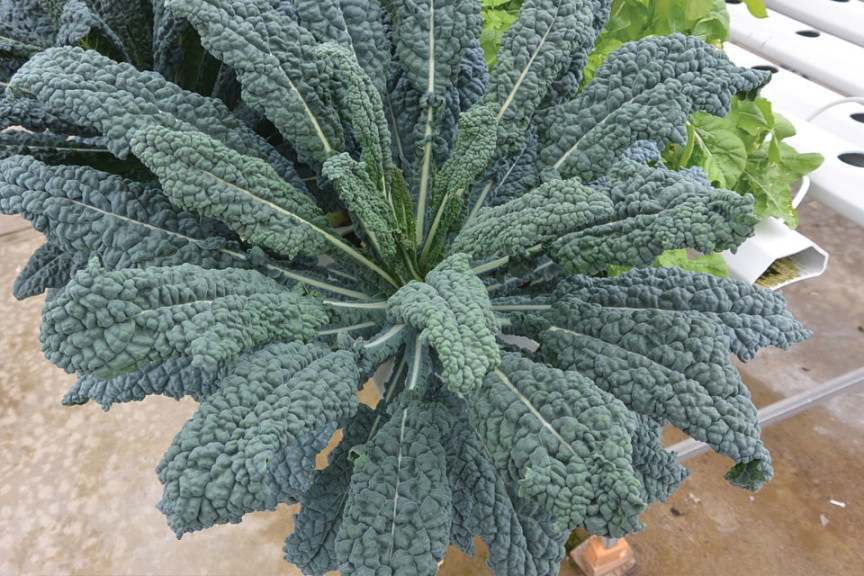
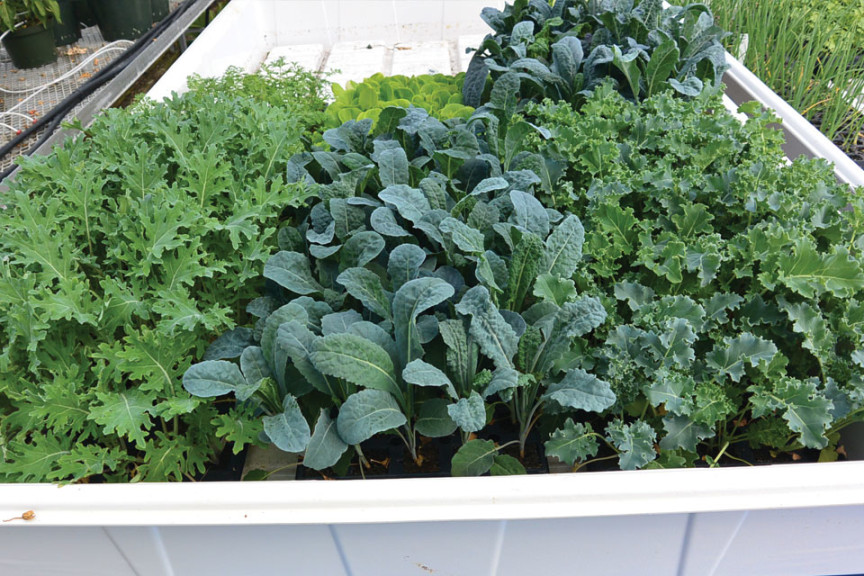
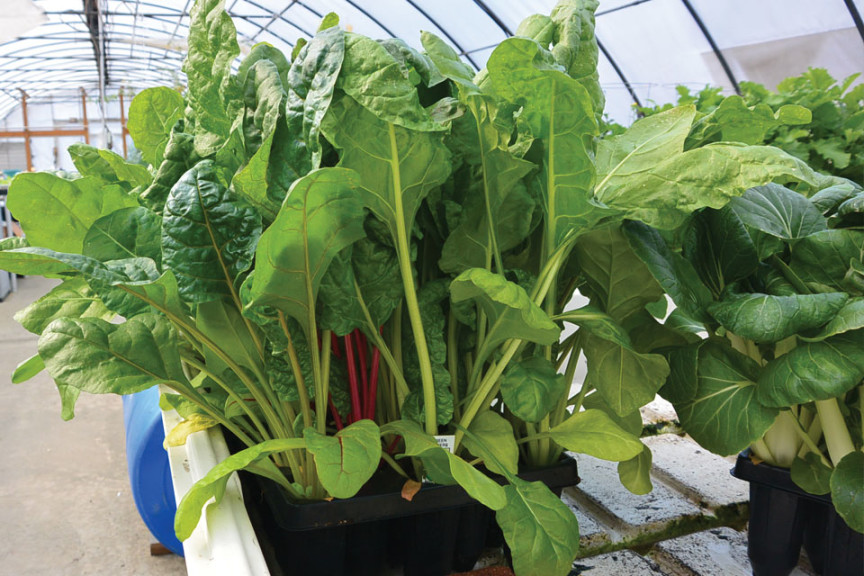
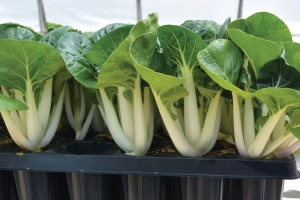
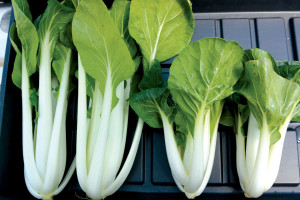
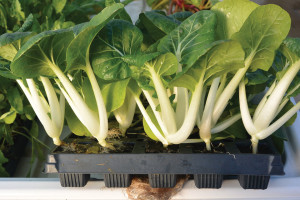
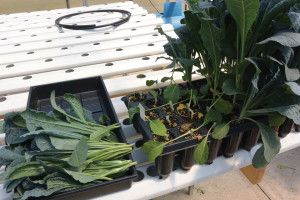
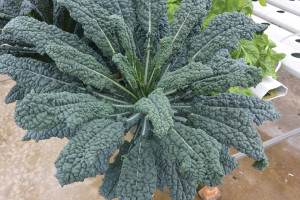
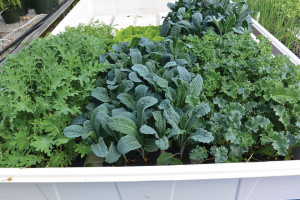
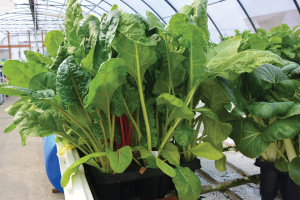
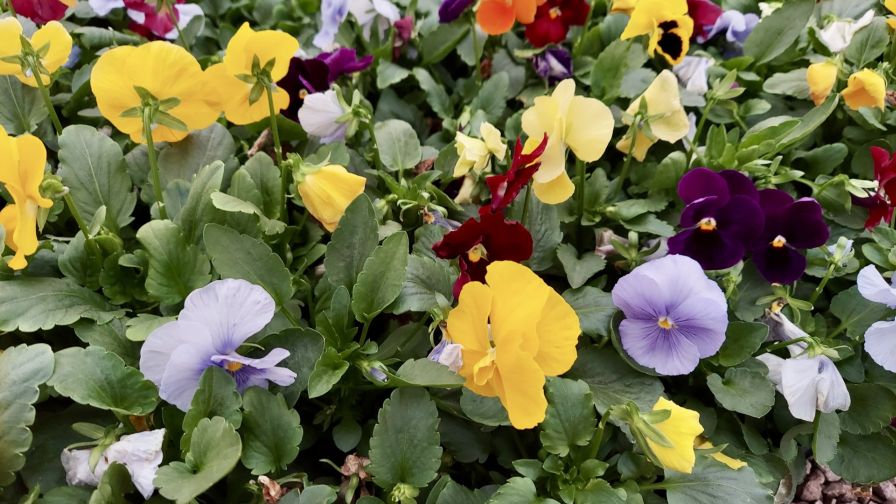
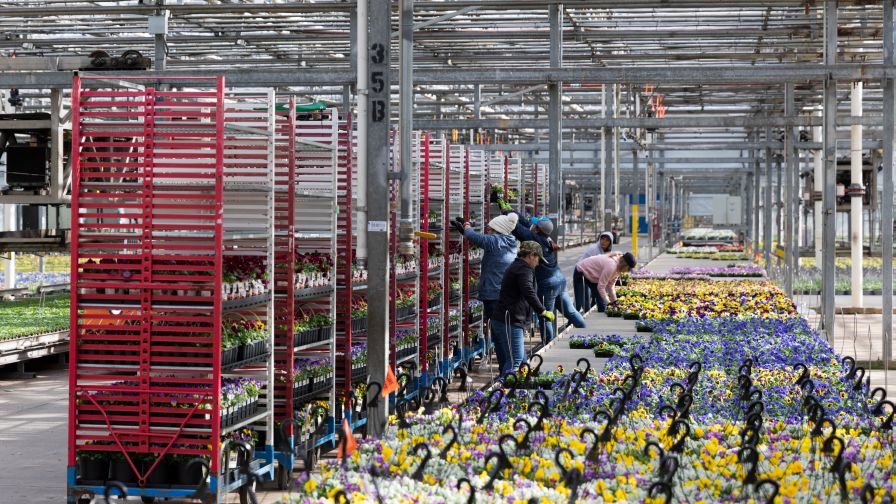






![California Spring Trials: 10 New Edible Varieties To Consider For 2015 [Slideshow]](https://www.greenhousegrower.com/wp-content/uploads/2014/06/Indigo-Collection-Tomato-300x169.jpg)